Compression is sexy, so why aren’t we talking about it ?
One of the most crucial tools in the box of a Voiceover Artist, is a compressor. Its a piece of magic, but it’s not given enough attention in the Voiceover World. It’s a shame really as getting it wrong can crush a good recording.
The Dark Arts:
If you get into a conversation with a music producer, a mix or mastering engineer, you’ll begin to think compression is a dark art. To be fair, it really can change the whole character of a recording. They’ll use different compressors for single vocals, harmonies, snare drums, bass drums and guitars, depending on the style and genre they’re working on.
They’ll talk about one compressor having more colour, or being more transparent, without really qualifying what they mean. Its a type of veiled language that’s often used by experts to delineate the worthy from the hapless.
The truth is that compression is actually pretty simple to understand. Essentially there are 4 knobs to learn about: Threshold, Ratio, Attack and Release.
In music production, these are tweaked to suit the genre and style. Vocals more intimate, or more biting and urgent, or a snare that needs more snap.
A One Dimensional Device ?
Given that its such a valuable tool, why is there so little chat about them in the VO community ?
It’s not that Voice Artists take a more simplistic view of compression, but just that production needs are very specific for us.
We focus on the technical need for a consistent dynamic level and a low noise floor. Could we not take a leaf out of the Music Producers’ bag of tricks though ?
How Vocal Producers Look At Compression:
The attack time controls how much of the initial impact of words and phrases is let through. A slow attack will allow a lot more of the initial transients, so consonants will hit hard.
It makes for a more aggressive and urgent sound and it’s popular in genres like Rap. It adds energy and makes the artist sound like they’re spitting out the words.
For a smooth and gentle vocal though, they may use a fast attack setting. The vocal can feel like its pushed further back in the mix also.
In Voiceover Mixes:
The problem is that in Voiceover, the voice usually sits on a bed of silence (-60db) or less, so the effect of a compressor can easily be heard if the settings are not added with subtlety. Too fast a release can cause a disturbing pumping effect, with phrase endings changing volume.
The Preset Problem:
Not needing to engage in such depth with compressor magic leads some to reach for a Preset. But before you throw a preset onto your Voice Track and choose the one that creates the best looking sausage, it’s worth taking a step back and asking what else it’s doing.
Mixing is about taking deliberate steps to fix specific issues and not throwing stuff into the chain blindly. Nine times out of ten a preset will not do justice to your voice.
Most presets are not designed with Voiceover in mind and even if they are, your tone, your room and your performance are things unique to you.
So What:
We use compression on every piece of audio, so after you’ve donated a lung to deliver a fantastic performance, why smash it on the head with a Preset ?
Taking the time to play with compression and get a feel for what works best for your tonality will allow you to develop your own set of presets.
It takes about as much time to brush up on compression online as it does to fire off your next round of auditions, so treat yourself.
It may even increase confidence in your mix.
Reach out if you think compressors are sexy, or if you’d like to discuss a potential collaboration.





